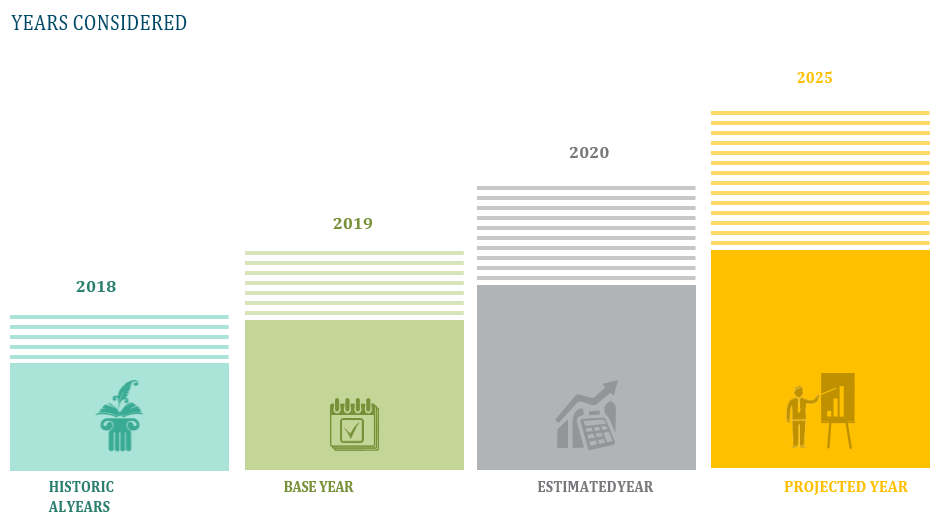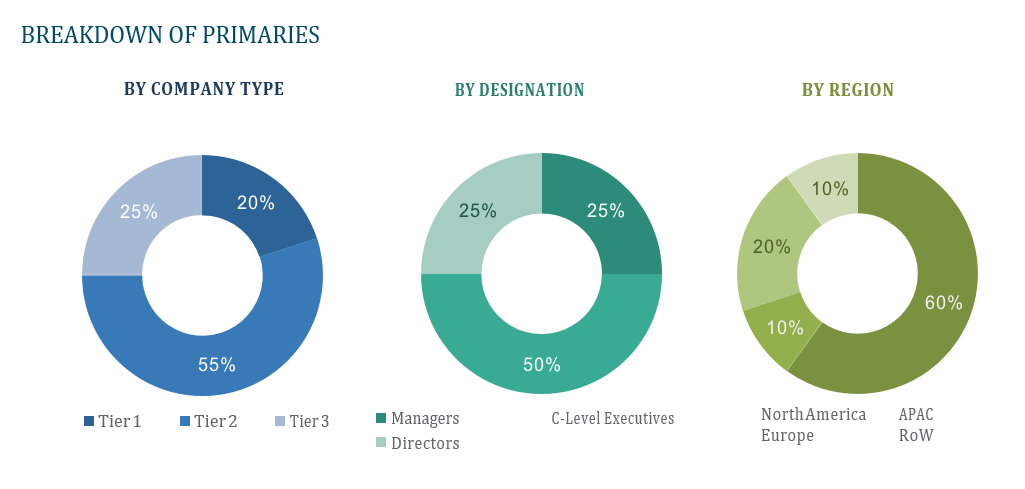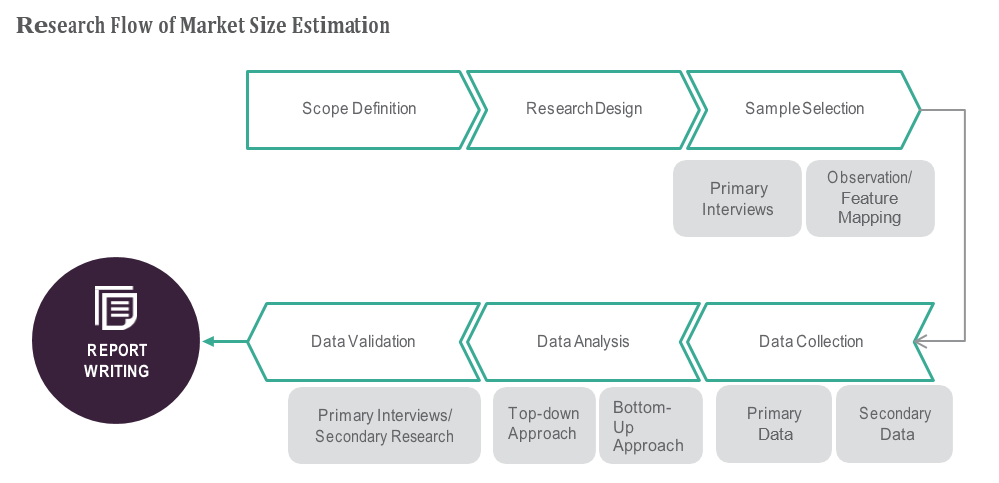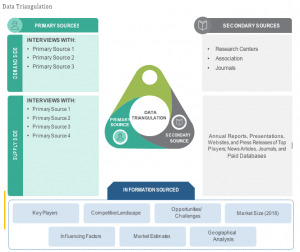OVERVIEW
The automotive semiconductor market is projected to hit USD 56.1 billion by 2025, rising between 2020 and 2025 at a CAGR of 4.8%. The growth of the market can be directly related to the growth of the automotive industry. The most important driving force on the market is the growing production of cars, which in turn contributes to an rise in demand for semiconductors in automobiles. Trend of electrification of vehicles and rising demand for advanced protection, convenience, and comfort systems are the other factors driving the growth of semiconductor content in automobiles.








TABLE OF CONTENT
1 Global Automotive Semiconductor Market
1.1 Study Objectives
1.2 Market Definition
1.3 Study Scope
1.3.1 Markets Covered
1.3.2 Geographic Scope
2 RESEARCH METHODOLOGY
2.1 Research Data
2.1.1 Secondary Data
2.1.1.1 Key Data From Secondary Sources
2.1.2 Primary Data
2.1.2.1 Key Data From Primary Sources
2.1.2.2 Key Industry Insights
2.1.2.3 Breakdown of Primaries
2.2 Market Size Estimation
2.2.1 Bottom-Up Approach
2.2.2 Top-Down Approach
2.3 Market Breakdown and Data Triangulation
2.4 Research Assumptions
3 Global Automotive Semiconductor Market – Executive Summary
3.1 Market Revenue, Market Size and Key Trends by Company
3.2 Key Trends by type of Application
3.3 Key Trends segmented by Geography
4 Global Automotive Semiconductor Market – Comparative Analysis
4.1 Product Benchmarking – Top 10 companies
4.2 Top 5 Financials Analysis
4.3 Market Value split by Top 10 companies
4.4 Patent Analysis – Top 10 companies
4.5 Pricing Analysis
5 Global Automotive Semiconductor Market – Industry Market Entry Scenario
5.1 Regulatory Framework Overview
5.2 New Business and Ease of Doing business index
5.3 Case studies of successful ventures
5.4 Customer Analysis – Top 10 companies
6 Global Automotive Semiconductor Market – Market Forces
6.1 Introduction
6.2 Market Dynamics
6.2.1 Drivers
6.2.2 Opportunities
6.2.3 Challenges
6.3 Porters Analysis of Market
6.3.1 Bargaining power of suppliers
6.3.2 Bargaining powers of customers
6.3.3 Threat of new entrants
6.3.4 Rivalry among existing players
6.3.5 Threat of substitutes
7 Global Automotive Semiconductor Market – Strategic Analysis
7.1 Value Chain analysis
7.2 Product Life Cycle
7.3 Supplier and distributor analysis (Market share and product dealing strategies)
8 Global Automotive Semiconductor Market – By Component (Market Size – & million/billion)
8.1 Processor
8.2 Analog IC
8.3 Discrete Power Device
8.4 Sensor
8.5 Memory Device
8.6 Lighting Device
9 Global Automotive Semiconductor Market – By Fuel Type
9.1 Gasoline
9.2 Diesel
9.3 Electric/Hybrid Electric Vehicle (EV/HEV)
10 Global Automotive Semiconductor Market – By Application
10.1 Powertrain
10.2 Safety
10.3 Body Electronics
10.4 Chassis
10.5 Telematics and infotainment
11 Global Automotive Semiconductor Market – By Vehicle Type
11.1 Passenger Car
11.2 Light Commercial Vehicle (LCV)
11.3 Heavy Commercial Vehicle (HCV)
12 Global Automotive Semiconductor Market – By Geography (Market Size – &
million/billion)
12.1 Introduction
12.2 North America
12.2.1 US
12.2.2 Canada
12.2.3 Mexico
12.3 Europe
12.3.1 U.K
12.3.2 Germany
12.3.3 Italy
12.3.4 France
12.3.5 Spain
12.3.6 Rest of Europe
12.4 Asia-Pacific
12.4.1 China
12.4.2 Japan
12.4.3 India
12.4.4 South Korea
12.4.5 Rest of APAC
12.5 Rest of the World
12.5.1 South America
12.5.2 Middle East
12.5.3 Africa
13 Global Automotive Semiconductor Market – Entropy
13.1 New product launches
13.2 M&A’s, collaborations, JVs and partnerships
14 Global Automotive Semiconductor Market Company Profile (Key Players)
14.1 Market Share, Company Revenue, Products, M&A, Developments
14.2 NXP Semiconductors N.V.
14.3 Renesas Electronics Corp.
14.4 Infineon Technologies AG
14.5 Stmicroelectronics N.V.
14.6 Toshiba Corp.
14.7 Analog Devices, Inc.
14.8 Robert Bosch GmbH
14.9 Texas Instruments, Inc.
14.10 On Semiconductor Corp.
14.11 ROHM Co., Ltd.
14.12 Company 11 & more
15 Global Automotive Semiconductor Market – Appendix
15.1 Sources
15.2 Abbreviations












